There is something simple and rewarding about direct seeding. Most seeds are inexpensive and small, easy to transport and save without much fuss. And yet, for something so small they can add so much: seasonal interest and colour, habitat and pollinator food sources plus visual texture, form and connection. Flower seeds can also help to conserve or restore native or endangered species, add bio-diversity and build soil health.
Plus, there is a particular magic that comes from witnessing natures power to create living plants when something that fits in the palm of your hand comes into contact with soil. And that's exactly what direct seeding involves, literally tossing or placing seeds directly in the garden where they will grow and mature.
Not only is it a simple method but it is a great one. Plant roots won't be confined to the dimensions of a seeding tray or small pot, but rather stretch and grow naturally and most importantly connect to other plants, mycelia, nutrients and water sources in a natural way, creating strong efficient mature plants.
They become hardy survivors, temporary triumphs or total nonstarters as conditions allow. The trick, as always is to work with nature rather than against it, in a naturalistic way. Most of these seeds are easy starters but don't be discouraged if things don't work out as planned, rather, you’ll learn a bit more each time you seed and you'll soon be on the right track.
For the purposes of this article, we've decided to include some exceptional flowering plants that will give you an immediate result in a single season. These are individual cultivars and species that are easily direct sown in an existing garden space. If you're interested in a more complex seeding project like a meadow or prairie that includes annuals and perennials functioning as a combined plant community over multiple years then be sure to check out James Hitchmough's Sowing Beauty, it is an absolute gem on the subject.
Now, here are some of our favourite garden seeds that you should try out in your planting designs this year. Please note that we've attempted to choose species that are easy to obtain, plant and maintain but as always, be sure to use plant material that is suited to your specific area and needs, and make certain that they are not considered noxious weeds or invasive species in your area. Most seed companies also provide great information on sowing times and plant care so have a read of the seed packets or check online for individual care tips.
Seeds to Try
Asclepias tuberosa (Butterfly Milkweed)
Bright orange clusters of flowers much loved by monarch butterflies. Easily seeded but can take some time before flowering. Does well in poor dry soils and is drought tolerant.
note: There are also lots of localized varieties, so check which ones are indigenous to your area and may be hosts or food sources for specific pollinators.
Cirsium rivulare ‘Atropurpureum’
Small deep purple ornamental thistles on tall stems. Flowers attract all manner of pollinators and seed heads are a great winter food source for birds.
Eschscholzia californica 'Ivory Castle' (California Poppy)
An ivory version of the well known orange poppy often seen in poor soils and dry conditions. Loved by bees and looks equally amazing as a mass planting or mixed in combinations.
Anethum graveolens 'Mariska' (Florist's Dill)
A compact 60cm (2') tall variety of dill that attracts a variety of beneficials. Easy to direct sow and not as quick to self seed as fennel. Plus, their tiny white flowers are great in salads and to flavour pickles.
Borago officinalis ‘Alba’ (Borage)
Beautiful star-shaped flowers on fuzzy foliage. A hot-spot for all types of bees and butterflies that will come back year after year. Although blue is most common, this is a particularly nice white variety as well. The flowers and young leaves have a flavour similar to cucumber and make nice additions to teas, salads and refreshing summer drinks.
Papaver somniferum 'Lauren's Grape' (Opium Poppy)
Huge flowers, that start out pinky-red and mature to a deep grape purple. This is an heirloom variety, enjoyed by bees and goes on to form elegant seed pods for added visual interest.
Papaver rhoeas ‘Amazing Grey’ (Shirley poppy)
Another fantastic and easily sown poppy. This one features delicate papery blooms in various tones from silver to pinkish-purple. They make a beautiful cut flower as well.
Cosmos bipinnatus 'Xanthos'
Unusual soft yellow single flowers that glow in sunlight. They make dynamic combinations with cool coloured companions and attract a diverse group of beneficial insects. They are self seeders, although not overly vigorous.
Helianthus 'Hopi black dye' (Sunflower)
Nice sized flowers and seed heads. Prized for the deep purple-black dye that their seeds can produce. You may want to wear gloves when harvesting, as they can leave you with purple finger tips.
Calendula officinalis 'Indian Prince' (Pot Marigold)
A favoured medicinal garden flower, Calendula is an edible, pollinator friendly and colourful addition. Indian Prince glows brilliant orange, with petals that are backed with a deep red-orange.
Phaseolus coccineus ‘Painted lady’ (Runner Bean)
Gorgeous bi-colour flowers and delicious beans on one plant! it doesn’t get much better. Loved by pollinators and human’s alike, they can reach 3m (10’).
Lathyrus odoratus 'Matucana' (Old-Fashioned Sweet Peas)
A two-toned version of the much loved favourite. This is an heirloom variety that is unsurpassed for scent and insect adoration. It's deep magenta/purple flowers bloom all season long as it gently climbs it's way skyward.
Fennel ‘Green Pencil’
A delicate fennel that’s slow to bolt and tops out at 1.5m (5’). The fronds and stocks are great for flavouring dishes or added to freash salad greens.
Achillea millefolium (White Yarrow)
A native favourite here on the westcoast of Canada. Small dainty white flowered umbels with feathery foliage that fills space and invites wildlife. It can be a vigorous self-seeder in rich soils, but that also makes it a strong annual for areas lacking nutrition.
Nigella damascena 'Albion Black Pod' (Love-in-a-Mist)
All of the wacky charm of a Dr, Seuss illustration. Delicate white flowers followed by deep purple seed pods that look amazing in floral arrangements.
Aquilegia formosa (Western Columbine)
Another PNW native gem. Showy red and yellow blooms that will attract hummingbirds to any dappled woodland planting. This is an easily seeded and self seeding perennial that always brings a smile.
Lupinus polyphyllus 'My Castle' (Lupine)
Huge red blooming towers, that are a real showstopper. This variety brings not only unique colour to your garden but large palmate leaves, architectural structure and loads of pollinators.
Lupinus argenteus (Silvery Lupine)
Native to woodlands, sagebrush and grasslands, these plants have soft grey foliage and watercolour blooms that thrive in lean dry soils. They also support several specialized butterfly species, birds and hummingbirds.
Lobularia maritima 'Easter bonnet violet' (Sweet Alyssum)
A great ground cover and living mulch with buckets of teeny purple flowers. If bees could high five you for planting this, they would.
Phacelia tanacetifolia (Purple Tansy)
Greek for ‘bundles’, Phacelia features fuzzy purple flowers that form in spirals. They are a powerhouse of pollinator activity and great as a cover crop or green manure.
Dalea purpurea (Purple Prairie Clover)
60cm (2') tall prairie favourite that fixes nitrogen and adds texture to a naturalistic planting. A profusion of purple cone shaped blooms on wiry stems.
Verbascum bombyciferum, 'Arctic Summer' (Mullein)
An architectural standout with 1.8m (6') tall fuzzy silver stems and substantial leaves. Butterflies are attracted by its lemon yellow flowers that sit on tall stems above a central rosette.
Tropaeolum majus 'Vesuvius’ (Nasturtium)
Blue-green foliage, shaped like diminutive lily pads and blazing coral blooms. This heirloom varieties flowers make a wonderful garnish for baked goods and salads, while the leaves bring a peppery flavour to dishes. Plus they make a great companion and wildlife plant, as they tend to attract aphids, which brings ladybugs and of course birds into the garden, while protecting neighbouring crops.
Cerinthe major var. purpurascens (Honeywort)
A truly unique visual in the garden, Cerinthe’s blue-green leaves are set off by a profusion of purple bell shaped flowers. A good self seeder that never gets out of control.
Amarathus caudatus 'Dreadlocks'
Stunning version of Love-lies-bleeding! Gigantic wooly pink flower drapes, that reach dramatically to the ground from 90cm (3') tall stems. Birds love the seed heads (which do actually look like dreads), and if you can manage to wrestle some away, they are edible for humans as well. Known as, kiwicha, the seeds are a whole grain that can be ground, sprouted or popped and has many culinary uses.
Bupleurum longifolium 'Bronze Beauty' (Long Leaved Hare's Ear)
Another amazing architectural beauty. Umbels of tiny yellow flowers become bronze bracts, that sit a top tall stalks. A real conversation starter, and great in floral arrangements too!
Cuphea blepharophylla (Eyelash-leaved Cuphea)
Bright and cheery tubular flowers, in a gorgeous shade of hot magenta! Compact plants bloom all season and have a great habit of self-seeding, which makes these plants a must try.
Craspedia globosa (Drumsticks)
Bright yellow globes of yellow on a thin wiry stem. These Aussie natives make great fresh and dried floral arrangements. And, add a sense of whimsy to any planting.
Lavandula multifida 'Spanish Eyes' (Lavender)
A fragrant branched lavender that blooms in the first year. Its feathery grey-green foliage adds a fine texture to the garden and containers. Makes a great, unusual cut flower as well.
Limonium suworowii (Russian or Rat Tail Statice)
Large spires of rosy pink blooms, this one is a stunner! They make for a wonderful display in the garden or as a cut or dried flower, in arrangements.
Planning ahead
Anytime is perfect, to pour over seed catalogues with a cuppa and plan for the future. Seed shopping and day dreaming go hand in hand and can be a happy distraction on a busy, or less than advantageous day weather-wise. So, have fun and get your list started next time that you need a break.
A Few Favourite Seed Shops
Happy Seed Sowing!
-Sara-Jane at Virens Studio
Virens is a studio located in Vancouver, Canada that specializes in ecological planting design, urban greening consultation and hort writing. Please get in touch so that we can help you bring some green into your city! and don't forget to follow us on Instagram.









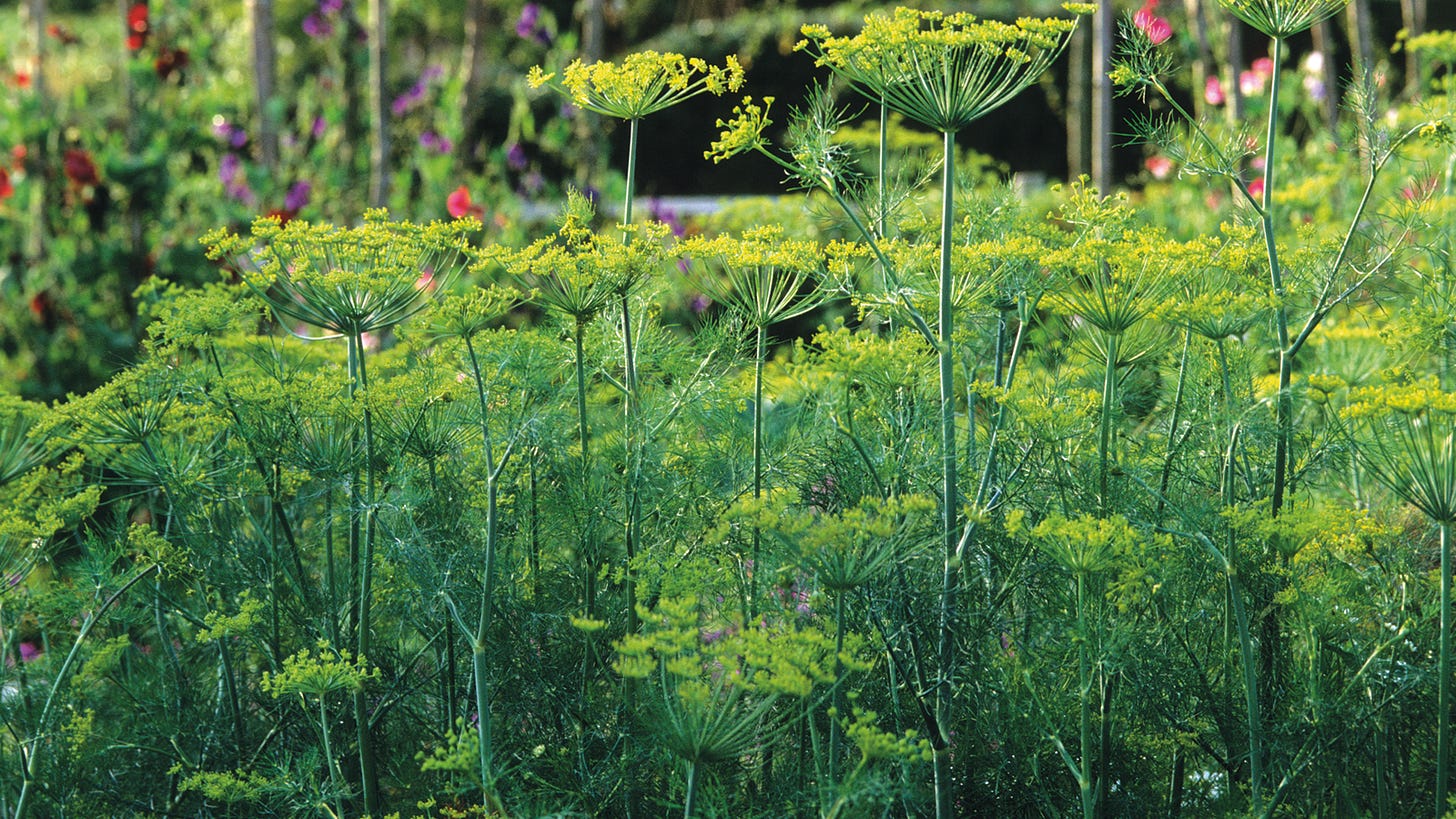
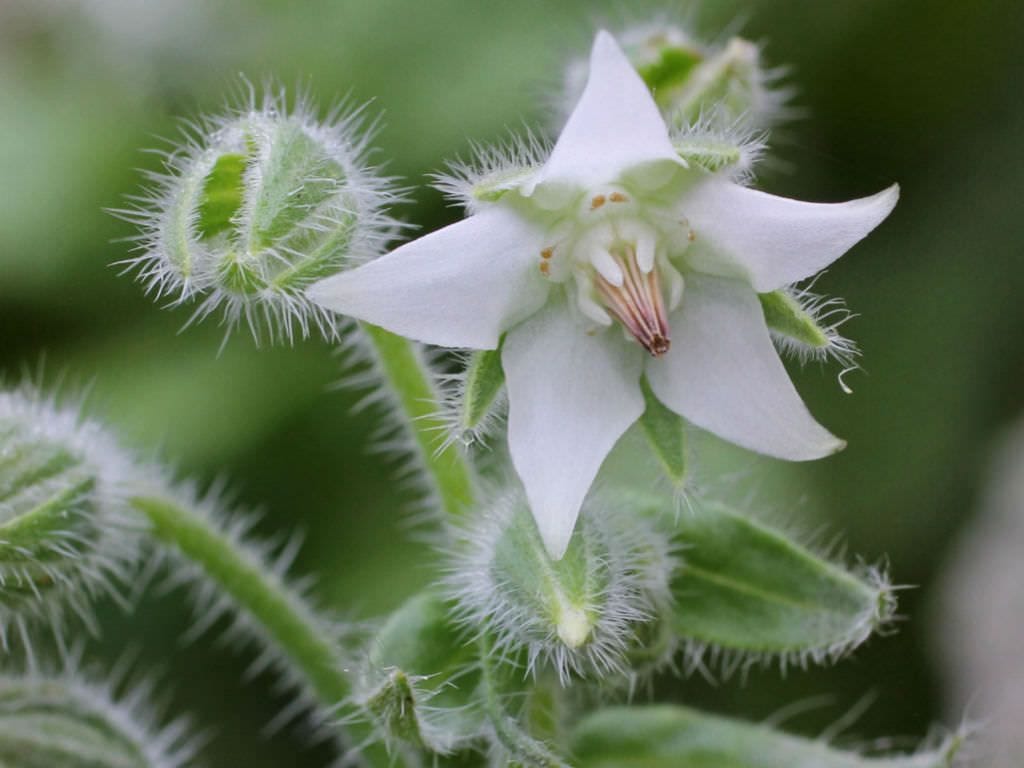


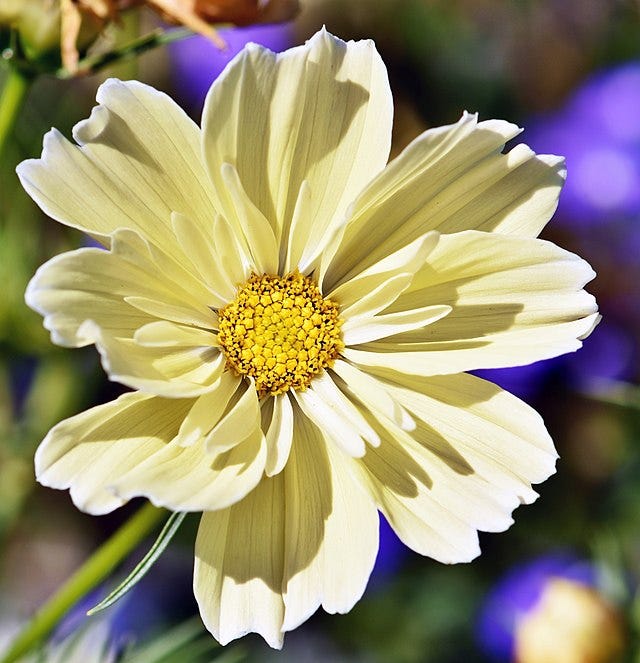

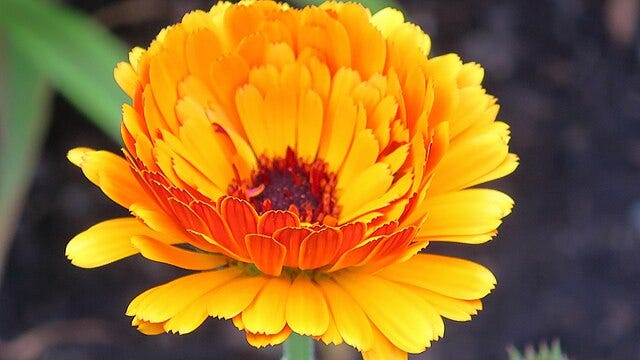

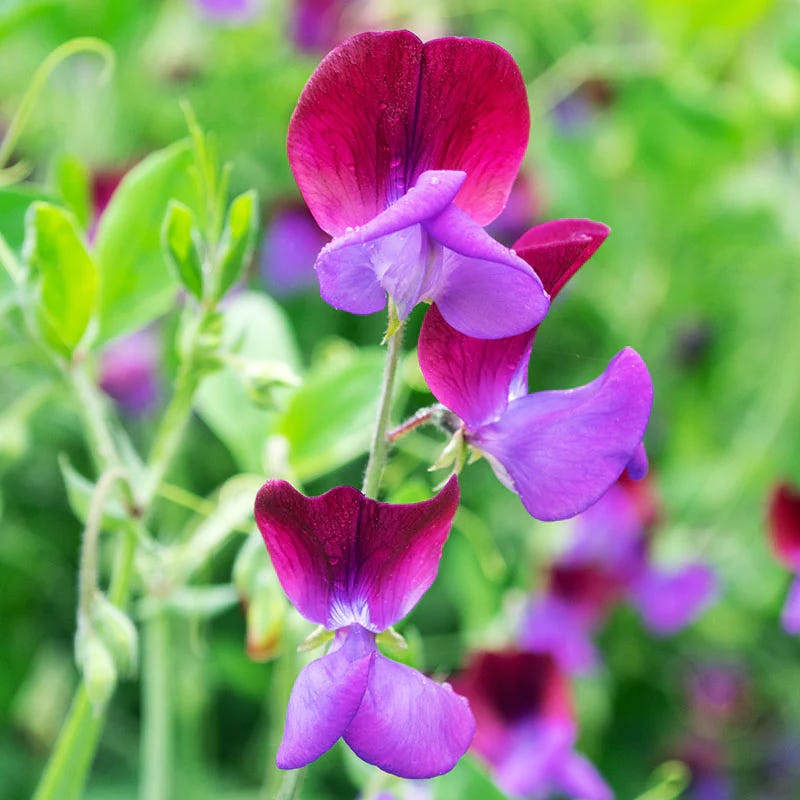

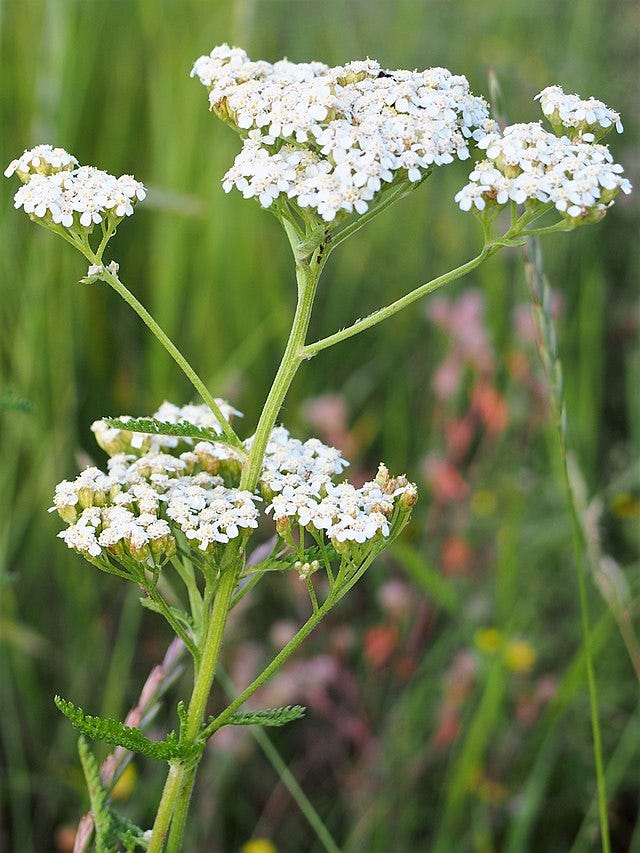

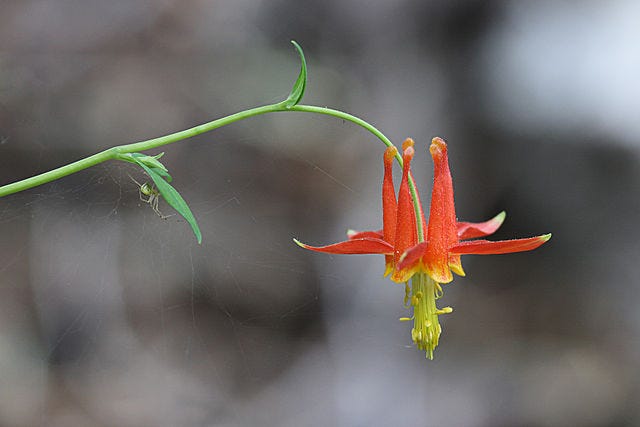

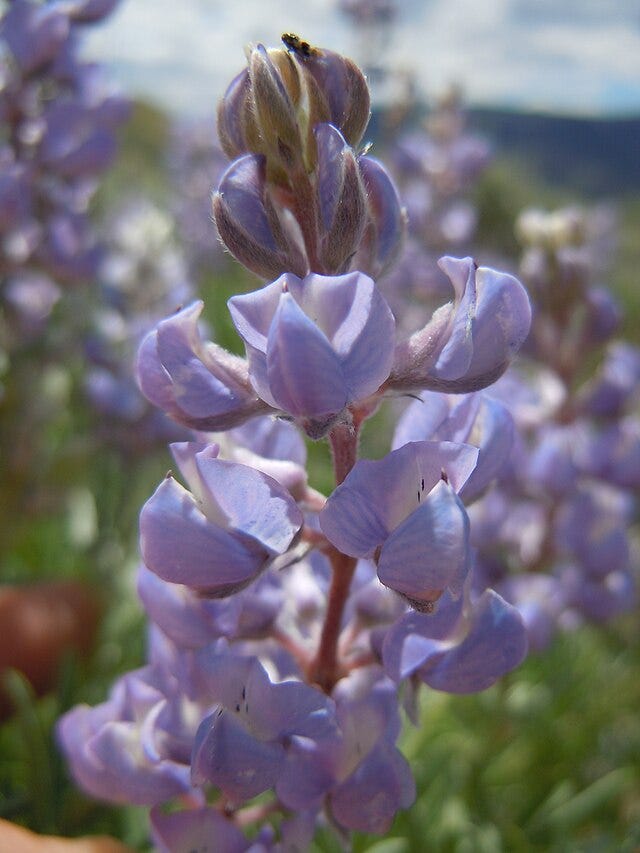

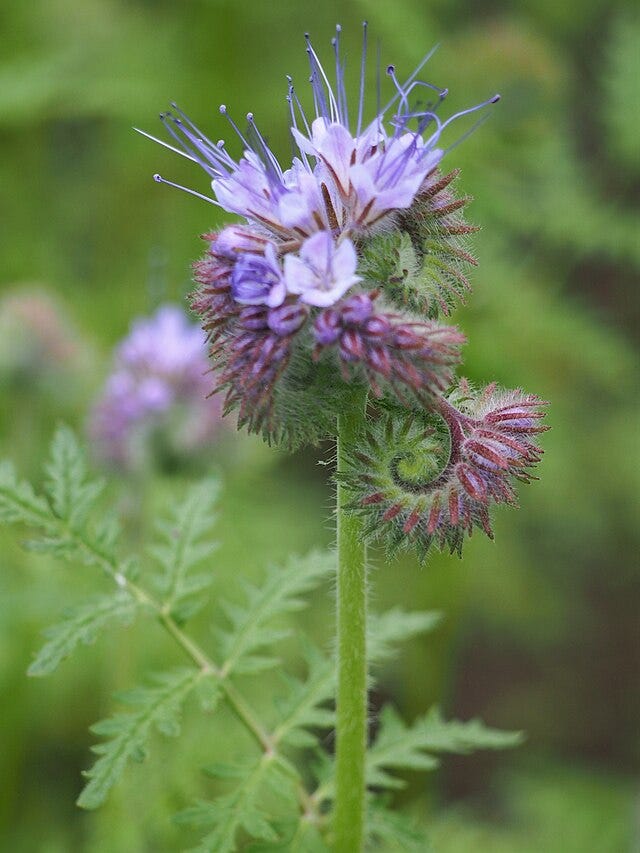
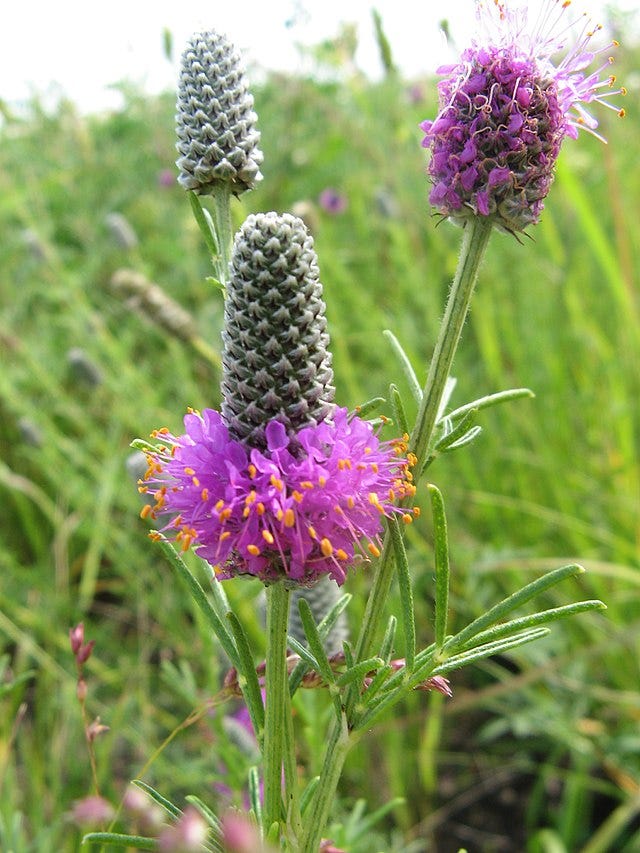
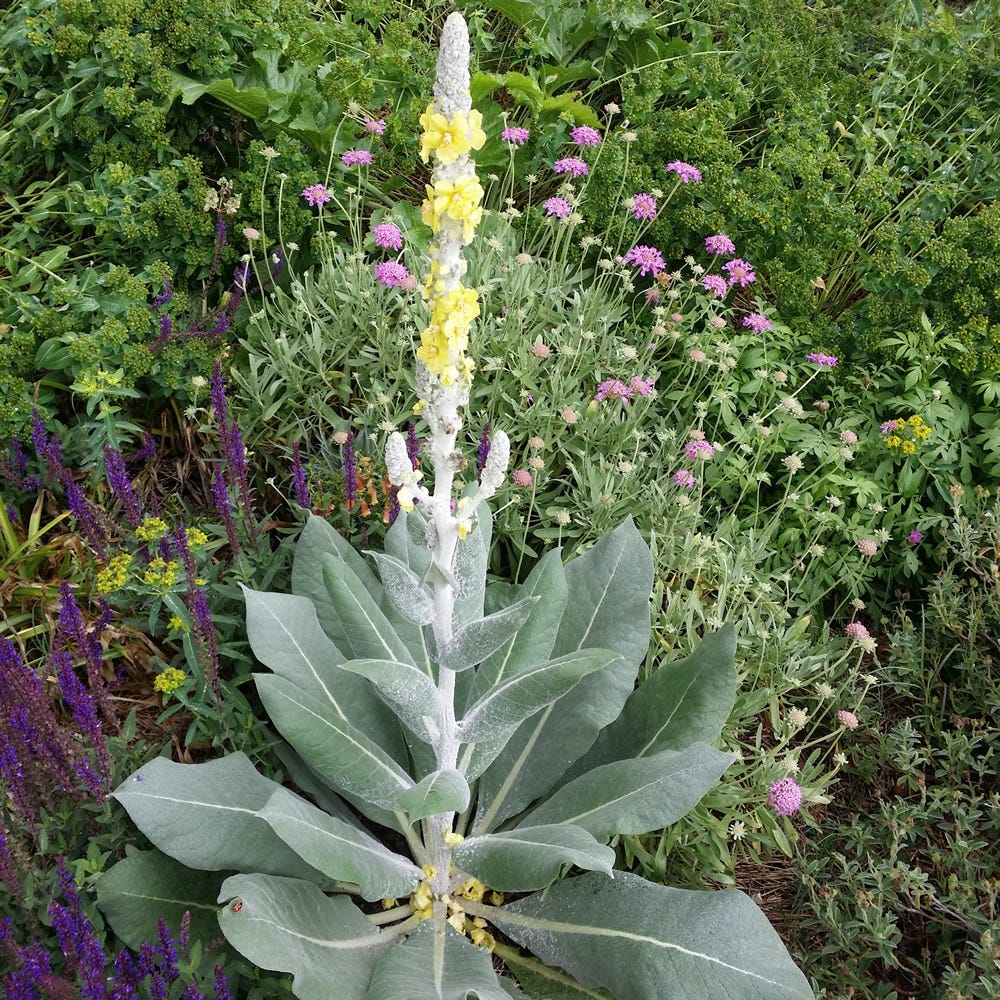
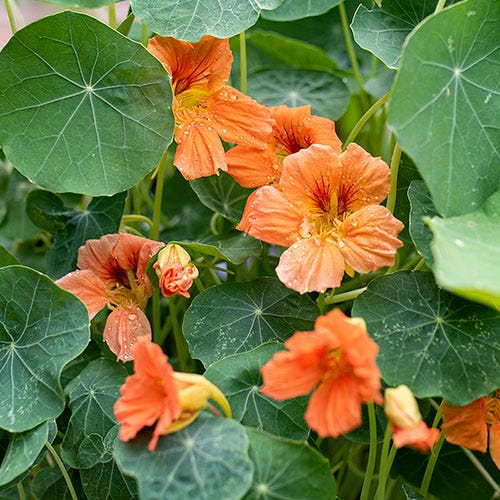
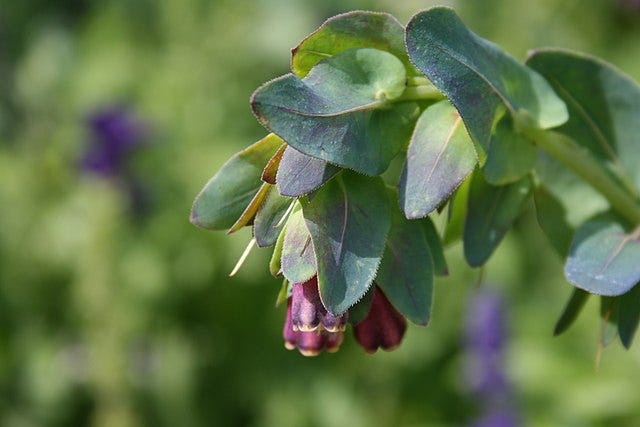


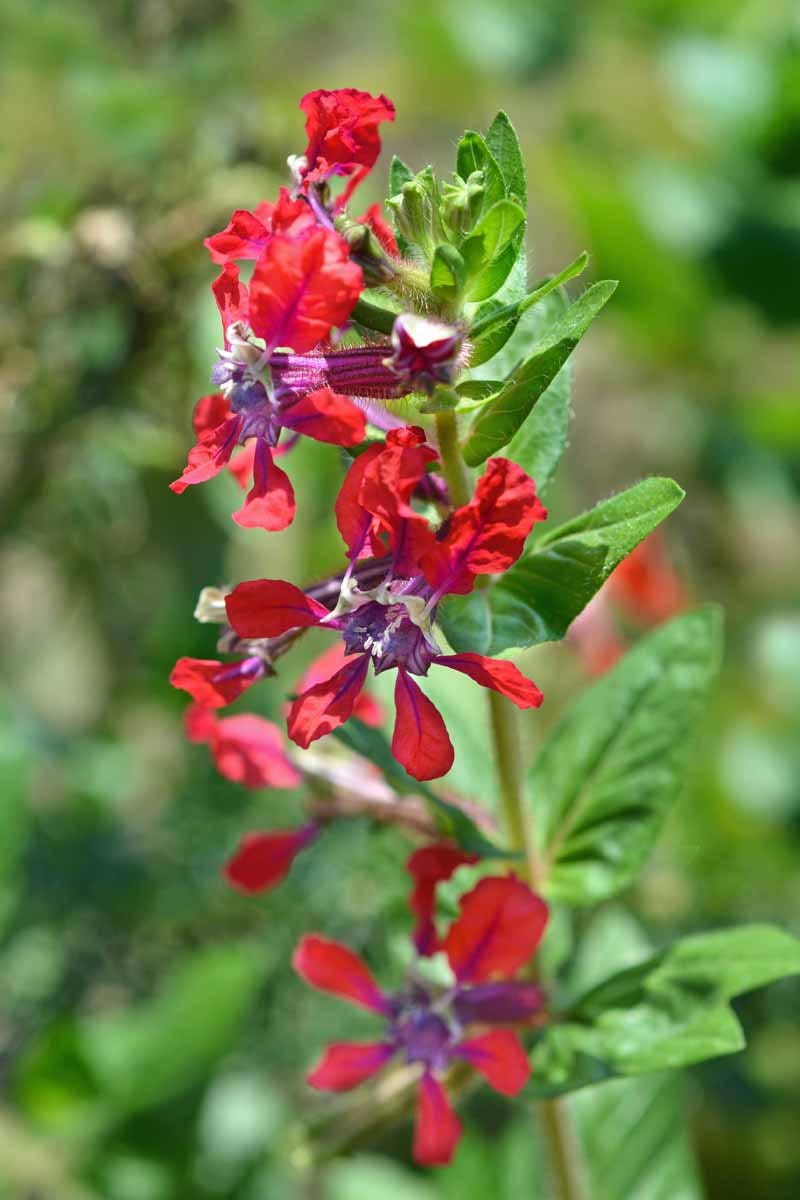



What a great list, many faves, plus such interesting new-to-me plants - thank you!
Great article. Thanks